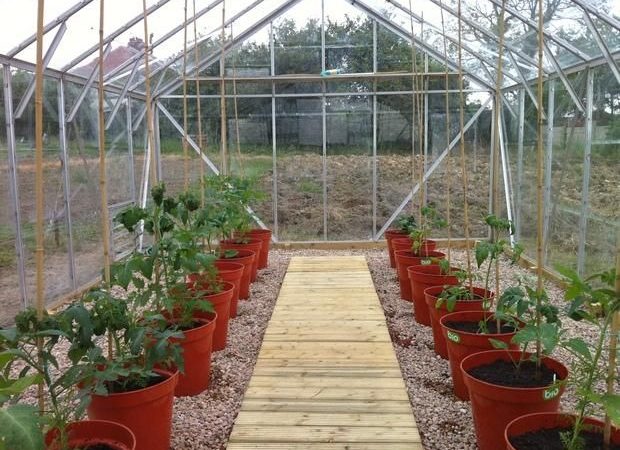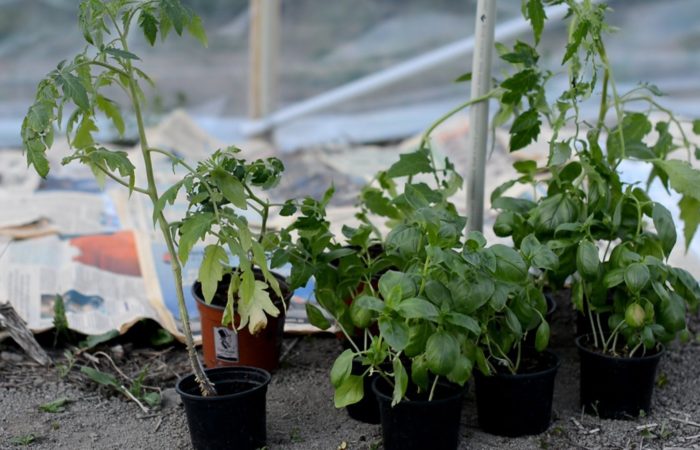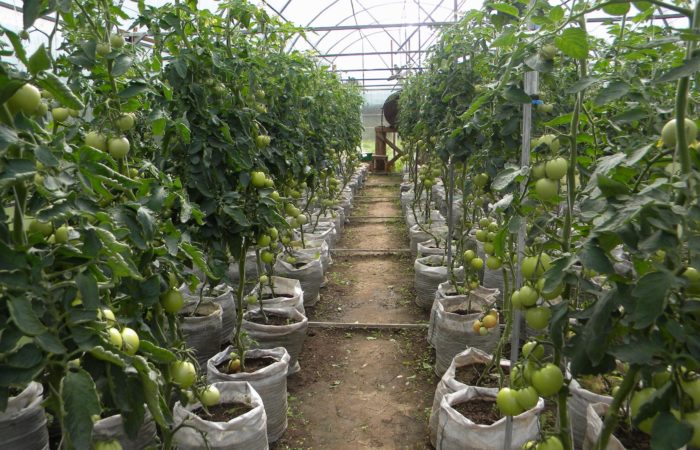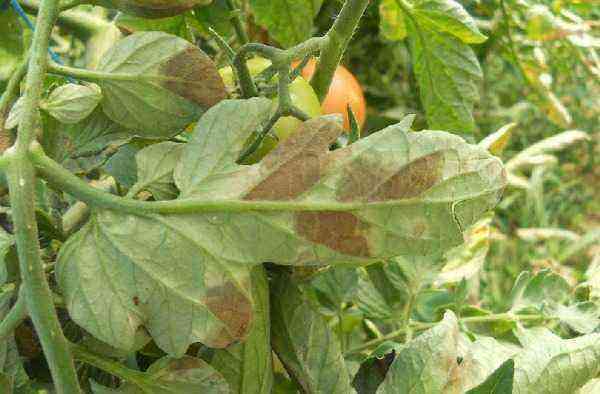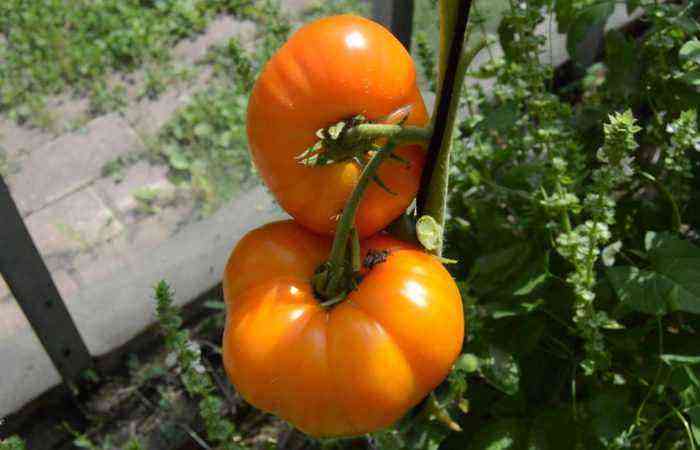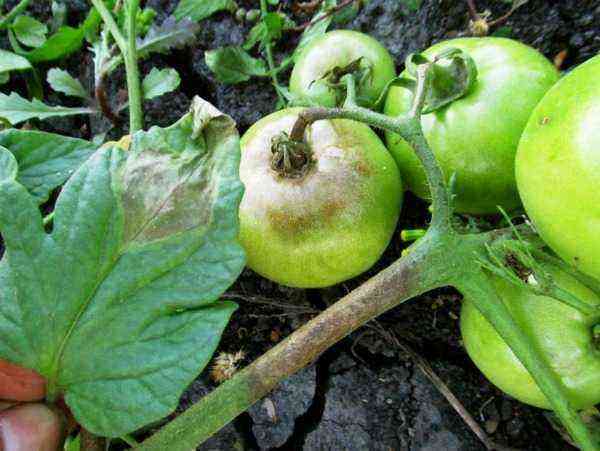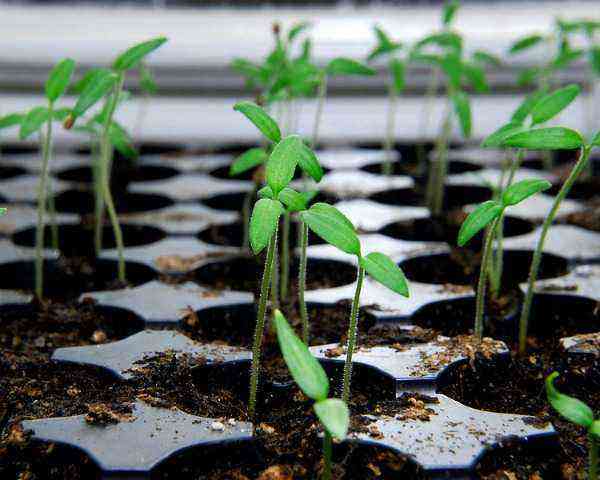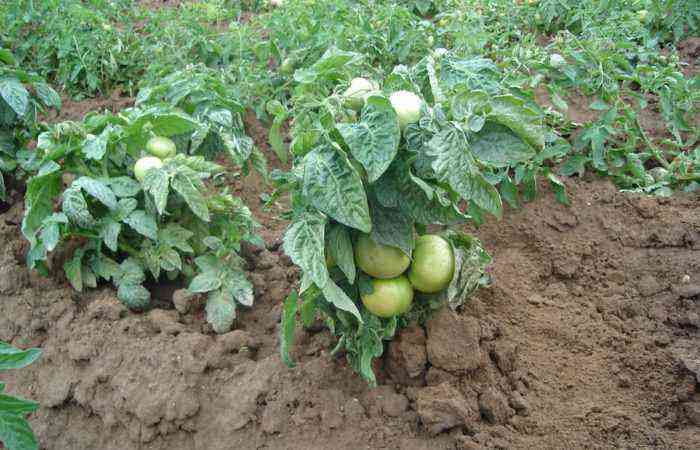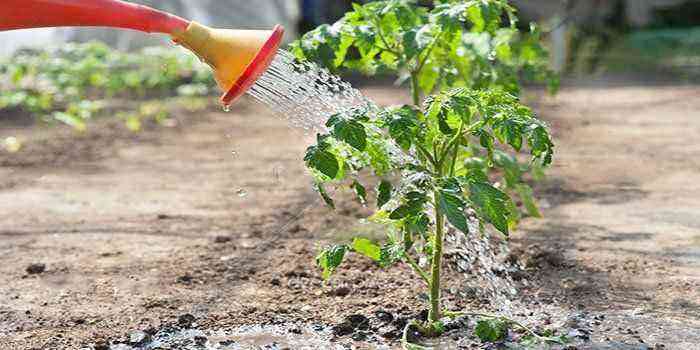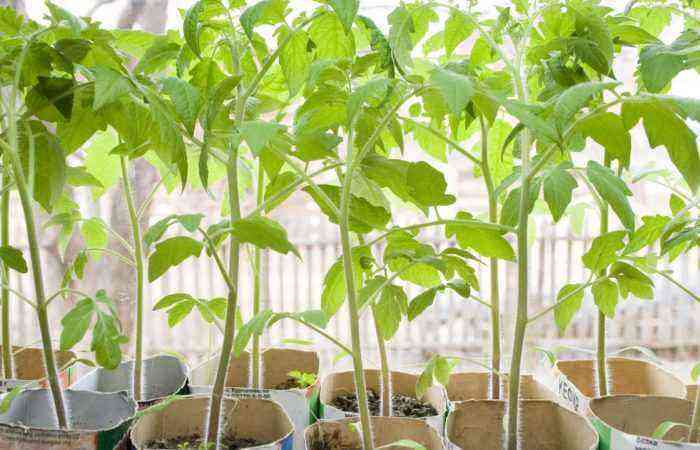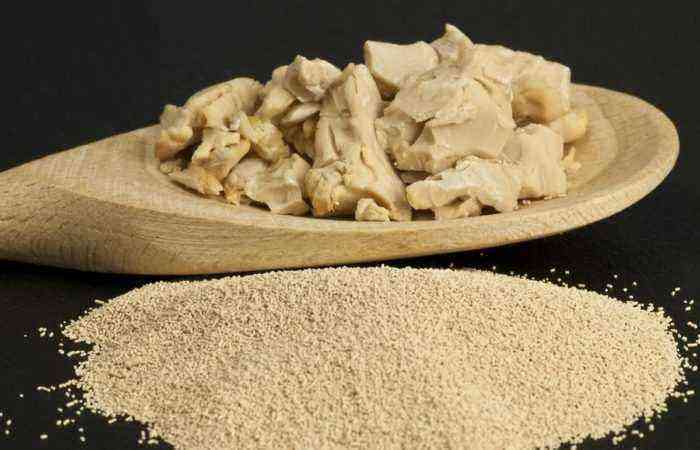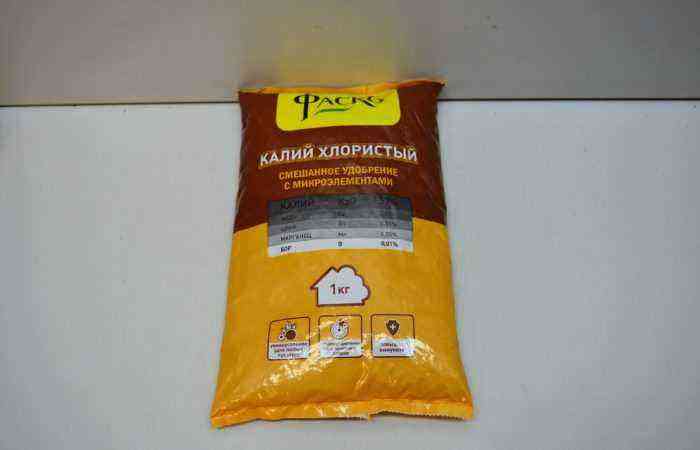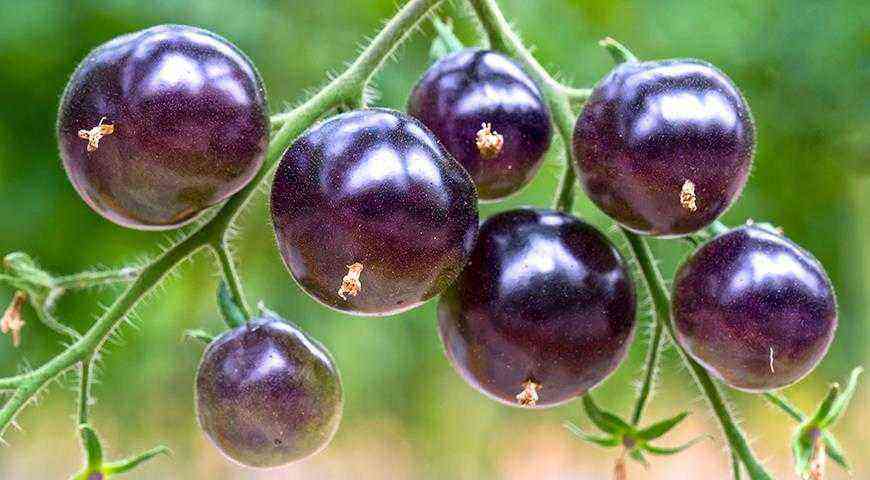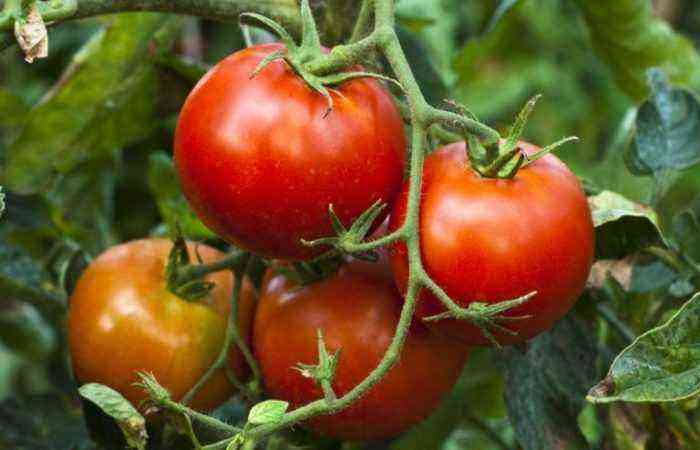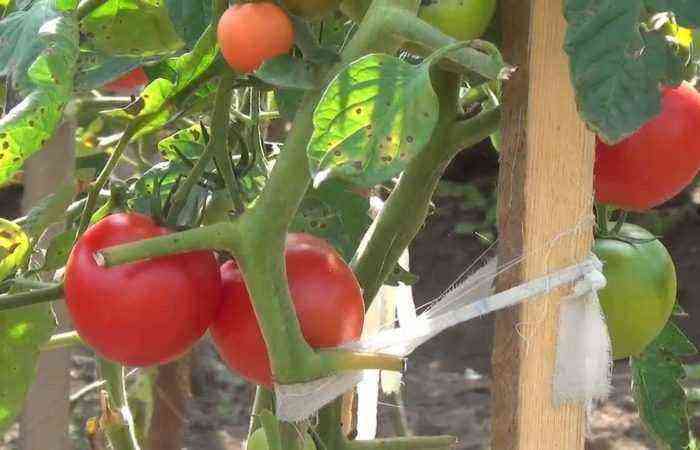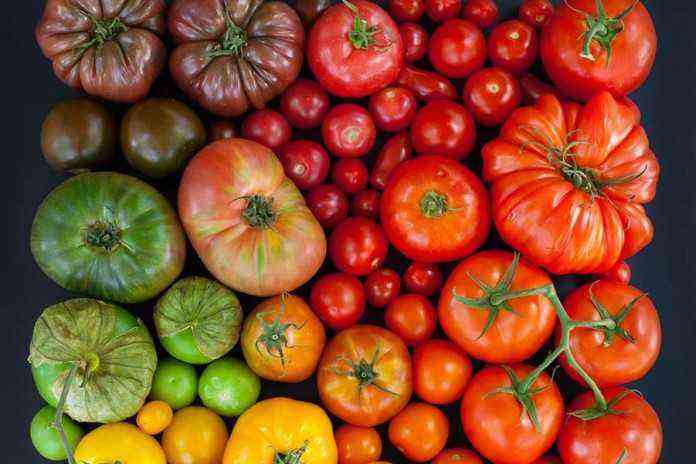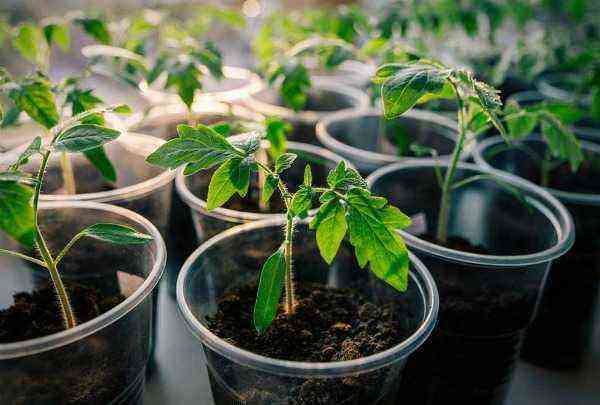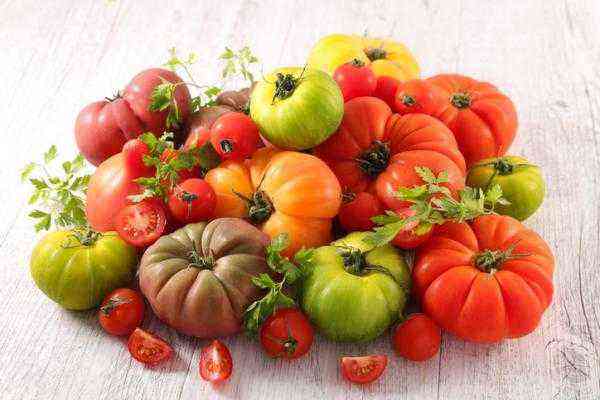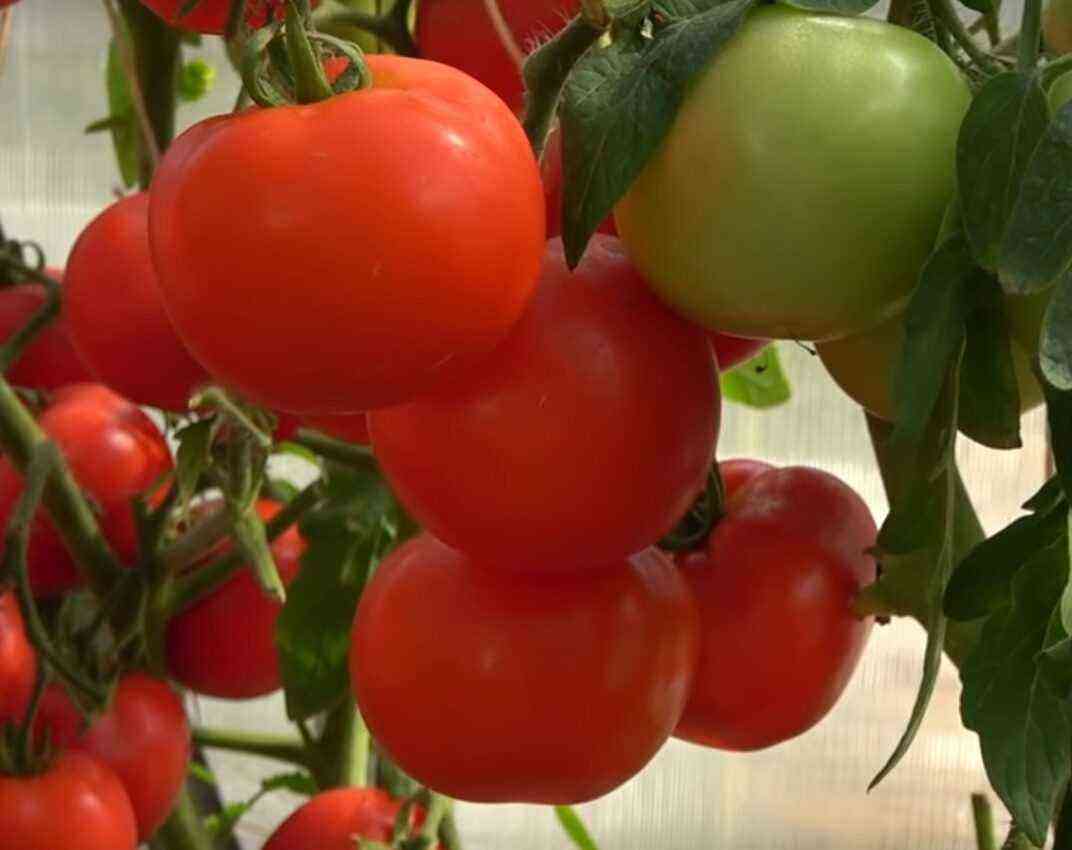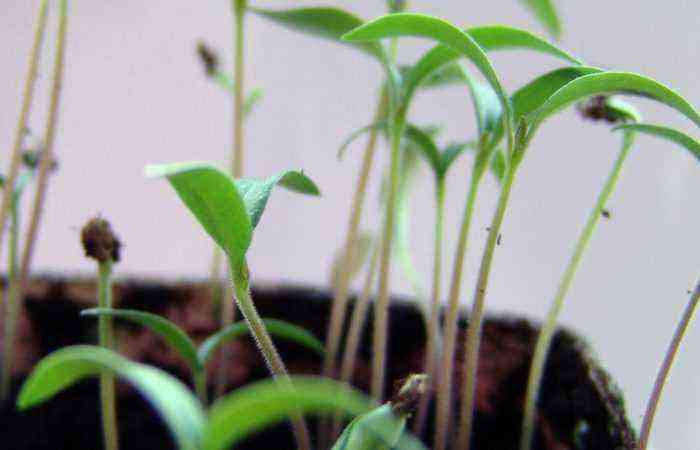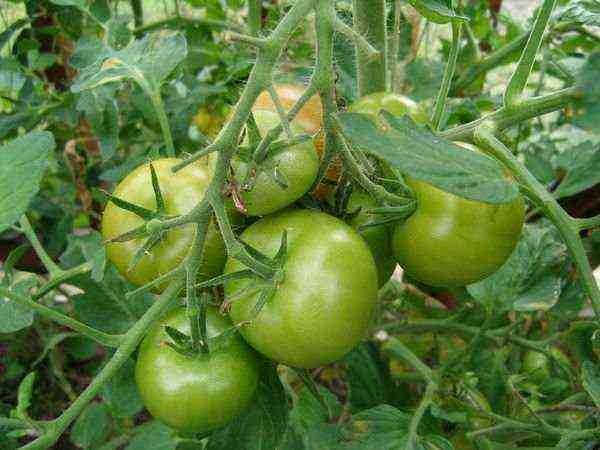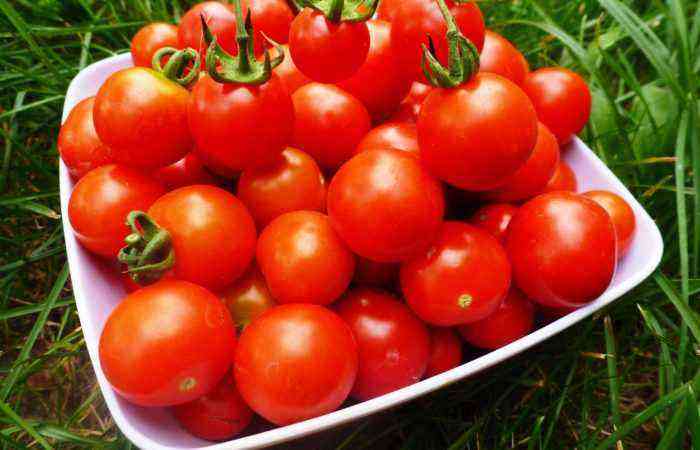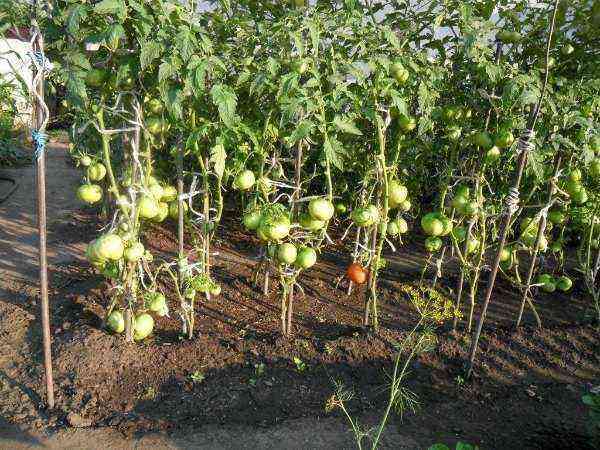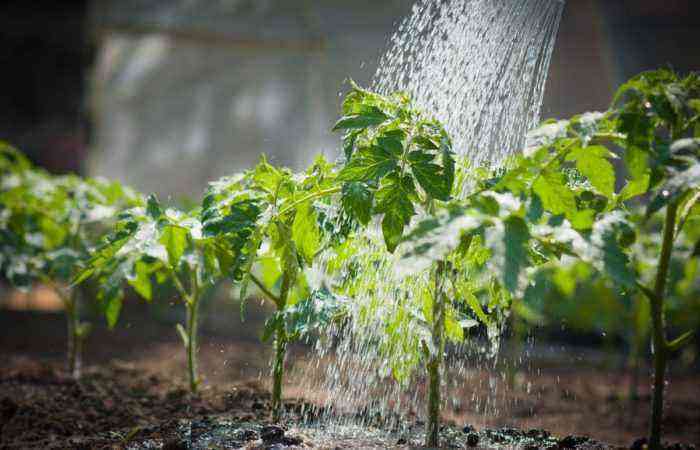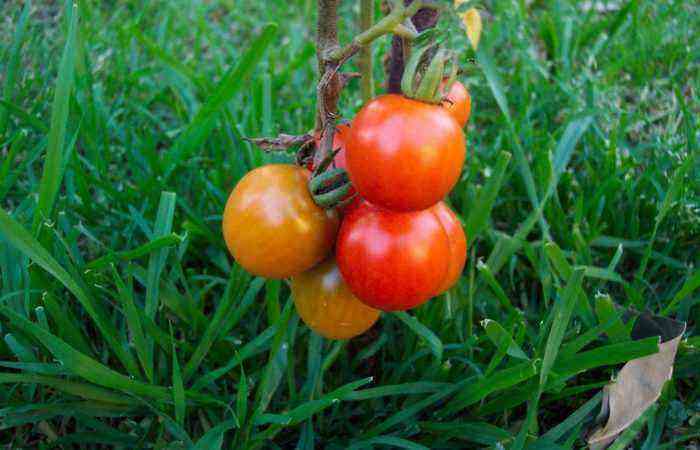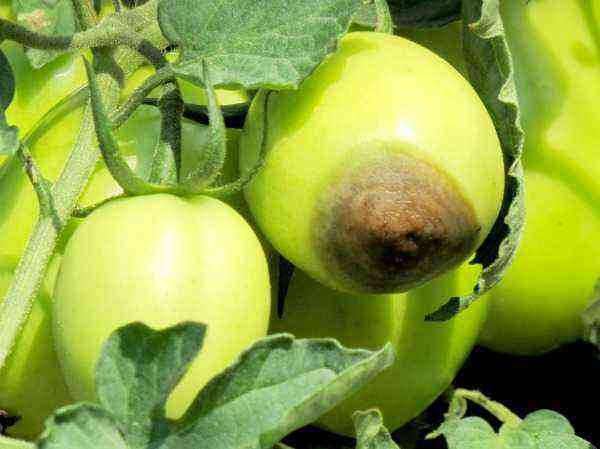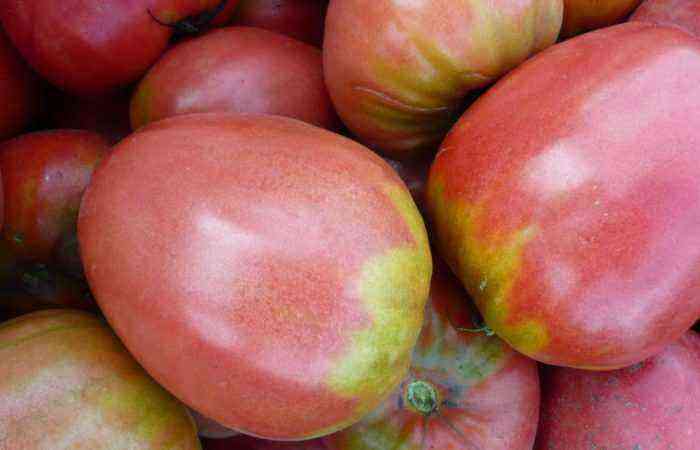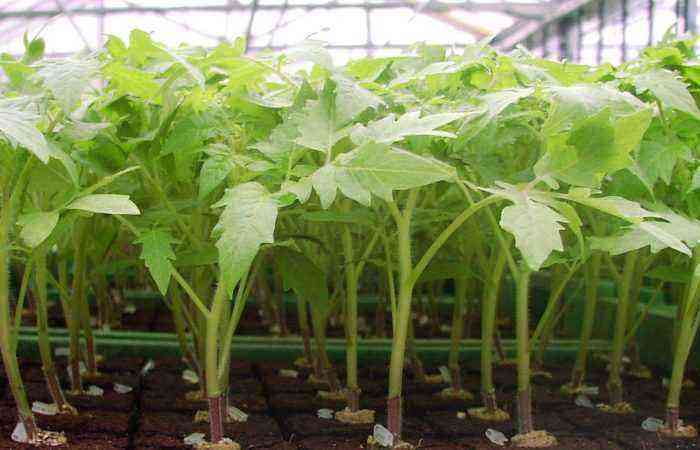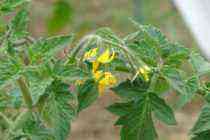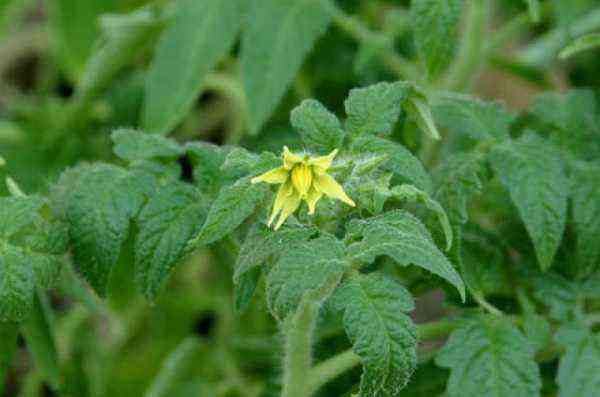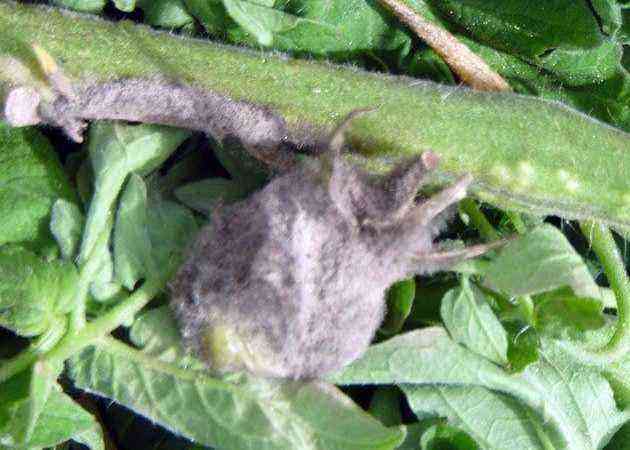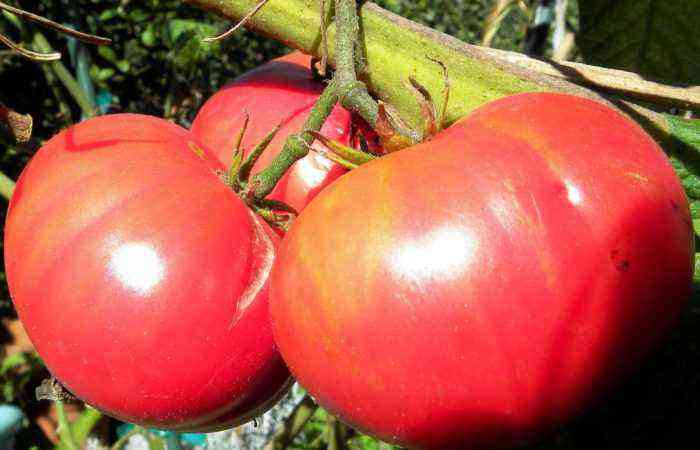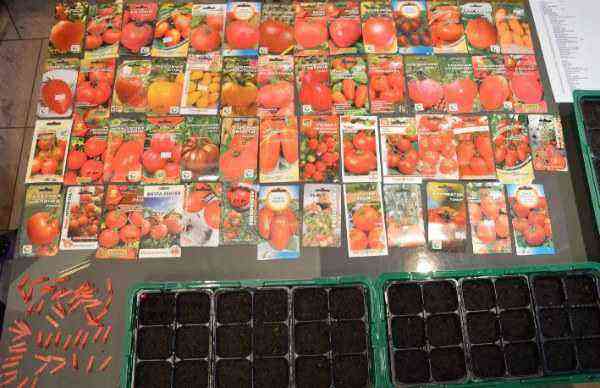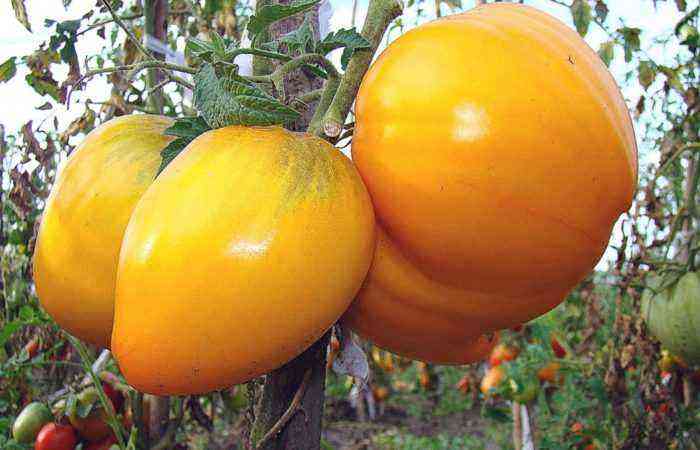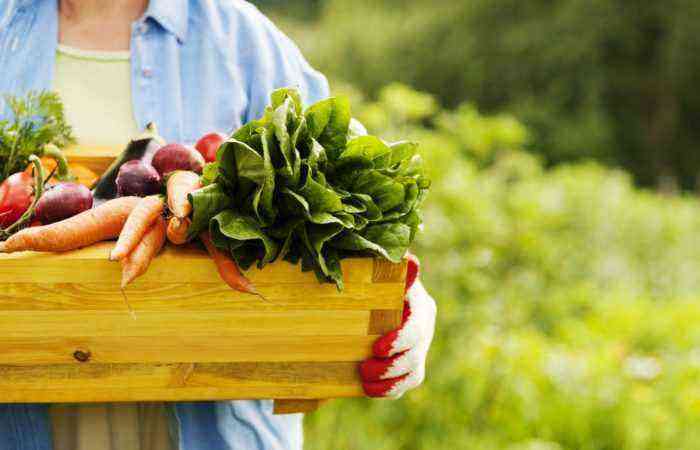In order to feed itself, humanity is constantly struggling with harsh weather conditions that do not allow fresh vegetables to be on the table all year round. In regions where the weather is unfavorable for growing vegetables for a significant part of the year, ways are constantly being found to get the first harvest as early as possible.
In modern conditions, highly automated greenhouses are being built, in which, practically throughout the year, a favorable microclimate is artificially created for growing vegetables. But this pleasure is expensive, inaccessible to amateur gardeners, therefore, greenhouses with natural heating are often built in private gardens, using the old technology for the production of early vegetables.
Advantages and disadvantages
The greenhouse has certain obvious advantages, both over other protective structures, and over growing in open ground:
- It is easy to build it with your own hands from improvised materials, so the cost of a greenhouse is low.
- Early dates for planting seedlings due to natural heating.
- With natural light and access to fresh air, seedlings grow strong, stocky. At the same time, it is hardened, immunity to diseases is developed.
- Thanks to the heating from below, a powerful root system is intensively formed.
The disadvantages of a greenhouse are:
- Limited area. Since the greenhouse is usually served from the street, the width should be such as to serve the plants at arm’s length.
- The low size allows you to grow seedlings to a certain height, and then you need to transplant it or remove the top shelter.
The difference between a greenhouse and a greenhouse
Many people confuse a greenhouse with a greenhouse, believing that they differ only in size and shape. But the most important difference, in connection with which the structure got its name, lies in the composition of the soil. The method of heating the soil in low protective structures was invented a long time ago.
For the construction of a greenhouse, they dig a trench, lay a layer of horse manure 40-50 cm high in it, spilling a little straw.
River sand is added on top, and then fertile soil is poured. On top of the ground, a frame is arranged with a pitched cover (at an angle of 30 ° C), which is covered with a film or glass. The manure begins to rot, while emitting heat, which warms the soil. From this process came the name of the greenhouse.
Modern technologies make it possible to arrange soil heating in a greenhouse using electricity, like a warm floor.
Optimal building size
In order for the heat generated by manure to be enough to heat the entire area, the greenhouse is made low – 50-70 cm. The width of the structure is up to 1 m, if it is possible to serve seedlings from two sides. If the greenhouse is attached to the wall of the building on one side, its width may be less to reach the outer row of seedlings.
The length of the structure can be chosen arbitrarily, depending on the conditions and the need for seedlings. More often for personal purposes, 2-3 meters is enough.
When to Plant Seedlings
The planting date can be determined in two ways:
- Moon calendar. For each sowing season, scientists astrologers recommend the optimal timing for planting and caring for plants. For sowing seeds, the growing moon or the beginning of its second and fourth phases are considered the best. It is not recommended to sow seeds and dive seedlings during the full moon and the phase of the waning moon.
- The timing of sowing seeds depends on the region and the weather conditions of the current year – from mid-February to mid-April. Soil preparation begins when the snow has not yet melted, and sowing is carried out when the soil warms up. For seed germination, the temperature in the greenhouse should be 23-25ºC, after germination to the first leaf – 8-12ºC, after the appearance of the first leaf and before planting in the ground – from 15 to 25ºC during the day, at night – 8-12ºC.
Soil preparation for planting tomatoes
In order to grow high-quality tomato seedlings and use the greenhouse area for growing adult plants during the summer, the soil must be of high quality and well seasoned. You can prepare the soil in different ways:
- Sod land, peat and humus are used in equal parts. For 10 liters of the mixture, add 2-3 tablespoons of superphosphate and half a liter of wood ash. Everything is thoroughly mixed several times and poured with water.
- Garden soil is mixed with peat and river sand in equal amounts. Peat can be replaced with humus. Add seedling fertilizer to the mixture or dissolve in water for irrigation. To deoxidize the soil, you can use wood ash or 50 g of chalk.
- To grow seedlings by sowing seeds directly into a greenhouse, the soil must be especially light, fertile, with good air exchange. The composition of the soil can be used as follows: 3 parts of peat and one part of humus, sod land, humus of forest foliage.
The preparation of the soil mixture begins in the fall and is stored in plastic bags or under a film on the street at a temperature below 0ºС, and in the spring they are mixed and disinfected with a pink solution of potassium permanganate or a solution of copper sulfate (1 tablespoon per 10 liters of water.). Small volumes of soil can be spilled with boiling water.
How to plant tomatoes in a greenhouse
In early spring, the greenhouse is used:
- Seedlings are grown by sowing tomato seeds.
- Seedlings dive in the phase of 1-2 true leaves.
Seed sowing scheme
Sow dry seeds that have undergone preliminary preparation and disinfection, as in traditional sowing. The distance between the rows is 15-20 cm. The depth of the rows is from 3 to 5 cm, but the seeds are sprinkled shallowly. Seeds are placed in a row at a distance of 1-2 cm. After germination, an audit is carried out and thinning is done.
Weaker seedlings are removed, the distance is increased to 2-3 cm. The second thinning is carried out when the first true leaves appear. The distance between seedlings is increased to 4-6 cm.
After thinning, the seeds must be well watered to remove air pockets.
If the seedlings are grown without picking, after the second thinning, nutrient soil is poured between the rows with a layer of 3 to 6 cm to stimulate the development of the root system.
Planting schemes for seedlings
Seedlings of tall varieties develop faster than short ones. This fact must be taken into account when picking seedlings in a greenhouse. Picking can be done according to the scheme:
- the distance between rows is 15-20 cm, and in a row – 3-5 cm;
- in a checkerboard pattern at a distance of at least 7 × 7 cm.
Caring for tomato seedlings in a greenhouse
To get a good harvest, you need to follow certain rules of care:
- Watering.
Most often done by hand in the morning. Watering is carried out to the depth of the roots, avoiding waterlogging. It is better to use a watering can so that water does not fall on the tomato leaves. Water is defended, and its temperature should not be lower than 18ºС. To prevent the development of fungal diseases, it is possible to irrigate with solutions of Fitosporin, Mikosan-V preparations.
- Airing.
The area of the internal space of the greenhouse is insignificant, so you need to constantly monitor the air temperature, especially on warm, sunny days. For ventilation, lift the frame or film. The hole size is selected depending on the outdoor temperature. If the sun is very active, you can use weak shading with improvised materials.
- Hardening.
At an air temperature of at least 15ºC, seedlings begin to gradually harden off, opening the frame first for 15 minutes, and then increasing the time. When the night temperature reaches 14ºC, the frame is kept ajar around the clock.
- Loosening the soil.
It must be done after watering so that a crust does not form, and air access to the roots is provided. Loosening should be superficial so as not to damage the root system.
- Top dressing.
Depending on the condition of the plants and weather conditions, the first feeding of seedlings is carried out 2-3 weeks after germination or picking. You can use special liquid top dressing or dissolve in 10 liters of water:
- ammonium nitrate −10 g;
- superphosphate – 40 g;
- potassium salt – 10 g.
The second top dressing is carried out in the phase of 2 true leaves, the third – in the phase of 5 true leaves, but not less than 7-10 days before planting. Top dressing is combined with watering.
If the soil is well seasoned before sowing or picking, one feeding is enough so that the seedlings do not stretch out and do not outgrow.
Tips for Growing Tomatoes in a Greenhouse
Seedlings in a greenhouse, depending on the variety, are grown from 45 to 65 days, and during this period various situations arise:
- To slow down its growth, if the weather conditions do not allow planting seedlings in the ground, stop watering and lower the temperature.
- After feeding, the seedlings are sprayed with clean water to prevent burns.
- In the event of a sharp drop in temperature or the onset of frost, the frame is additionally covered with a film or material.
After planting the seedlings in the ground, the greenhouse is used to grow tomatoes or green crops. A greenhouse, as a simple and cheap construction, with the presence of fresh manure as a biofuel, allows you to produce high-quality seedlings of tomatoes in the early stages.

